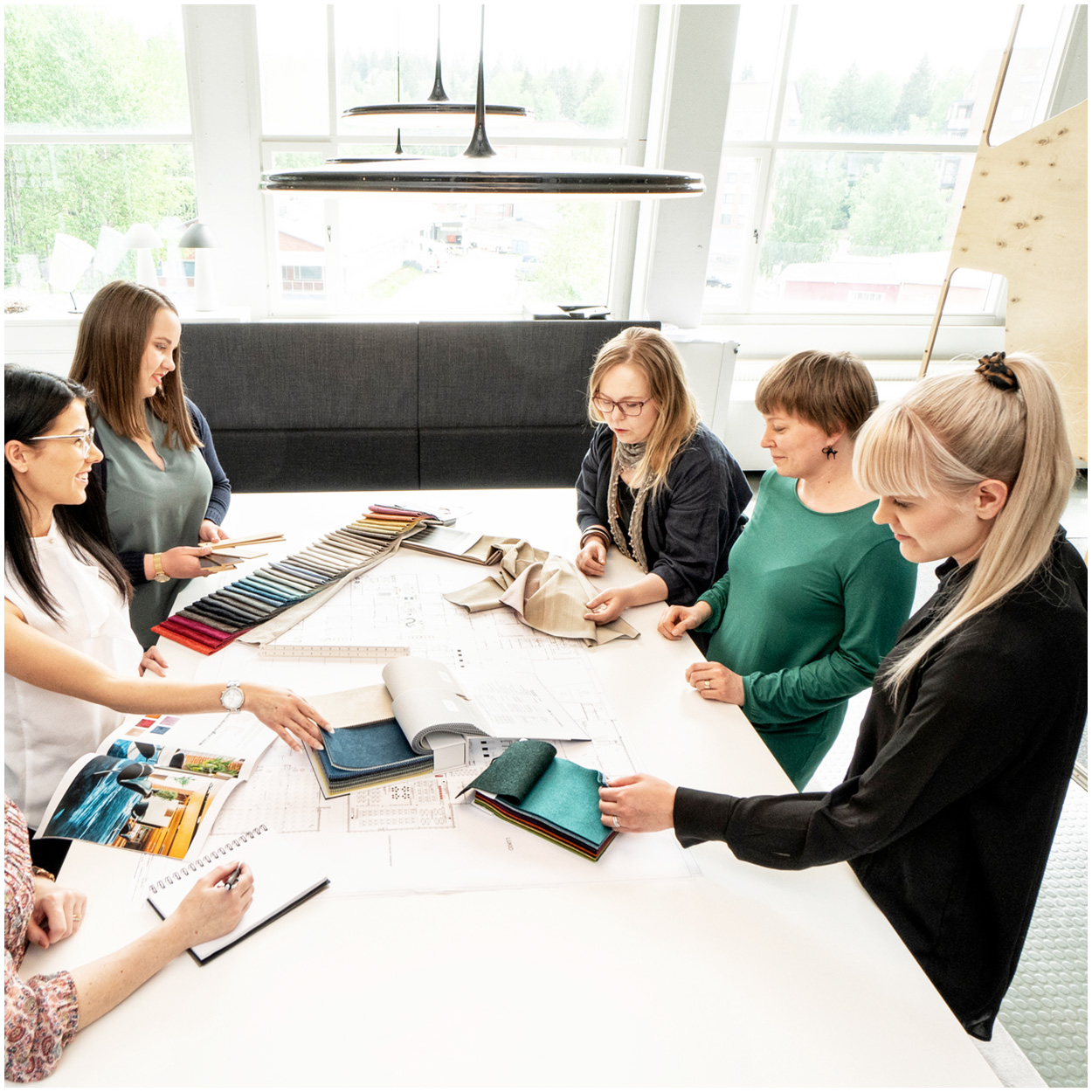What makes the best school furniture stand out is its ability to seamlessly blend functionality with thoughtful design. School furniture plays a crucial role in shaping the learning environment and directly impacts both teaching and learning experiences. As educational spaces continue to evolve, questions about the durability, ergonomics, and adaptability of school furniture become increasingly relevant. Schools must consider furniture that not only meets the current needs of students and educators but also adapts to future educational trends.
How does ergonomic design impact student learning?
Ergonomic design in school furniture is pivotal in enhancing student comfort and concentration, which are critical components of effective learning environments. When students are comfortable, they can focus better on their studies, leading to improved learning outcomes. Ergonomic school furniture, such as ergonomic classroom chairs and ergonomic student chairs, reduces physical strain and helps maintain proper posture, minimizing distractions caused by discomfort.
Innovative classroom furniture that incorporates ergonomic principles supports both physical and cognitive development. For example, adjustable desks and chairs allow students to customize their seating positions, promoting active learning and engagement. Schools investing in the best school furniture prioritize ergonomics to foster an inspiring learning environment where students can thrive.
Research has shown that ergonomic furniture solutions can significantly decrease the incidence of musculoskeletal problems, which are common in traditional classroom settings. By reducing these issues, schools can enhance students’ overall well-being, leading to less absenteeism and greater participation in class activities.
Why is durability crucial in school furniture?
Durability is a cornerstone of effective school furniture solutions. Education environments are bustling with activity, and furniture must withstand the rigors of daily use, including potential wear and tear from energetic students. High-quality materials and robust construction ensure that school furniture remains in good condition over time, providing long-term value to educational institutions.
Our school furniture solutions are designed with durability in mind, using materials that are not only sturdy but also safe for students. This commitment to quality means that schools can invest in furniture that will serve them well for years, minimizing the need for frequent replacements and repairs.
Moreover, durable furniture contributes to a cohesive and professional learning environment. When furniture maintains its appearance and functionality, it reflects positively on the institution, reinforcing the school’s commitment to providing a conducive learning space.
What role does adaptability play in modern classrooms?
Adaptability in school furniture is essential to accommodate the dynamic nature of modern education. Today’s classrooms are no longer static; they require flexible solutions that can be rearranged to support diverse teaching methods and learning activities. Movable classroom furniture allows educators to quickly reconfigure spaces to suit different instructional approaches, such as group work, individual study, or interactive sessions.
Our customizable furniture solutions empower schools to create inspiring learning environments that adapt to various educational needs. For instance, ergonomic classroom furniture that is lightweight and easy to move enables quick transitions between different learning setups, enhancing both teacher efficiency and student collaboration.
Flexible furniture solutions also support inclusive education by allowing spaces to be tailored to meet the needs of all students, including those with special requirements. This adaptability ensures that every student has the opportunity to engage fully with the curriculum.
How can sustainable materials benefit educational institutions?
The use of sustainable materials in school furniture offers numerous benefits, aligning with modern educational values and institutional goals. Environmentally friendly materials reduce the ecological footprint of the furniture production process, contributing to global sustainability efforts. Additionally, choosing sustainable options reflects a school’s commitment to responsible practices, which can enhance its reputation among stakeholders.
From a health perspective, sustainable materials often involve fewer harmful chemicals, improving indoor air quality and creating a healthier environment for students and staff. This consideration is particularly important in school settings, where individuals spend significant amounts of time.
By embracing sustainability, schools demonstrate leadership in environmental stewardship and set an example for students, instilling values of responsibility and care for the planet. Our commitment to sustainable practices ensures that the furniture we provide not only meets high standards of quality and durability but also contributes positively to the environment.
Conclusion
In selecting school furniture, decision-makers must prioritize ergonomic design, durability, adaptability, and sustainability. These qualities are essential in creating learning environments that support student success and well-being. By choosing furniture that meets these criteria, educational institutions can enhance the learning experience, promote health, and contribute to a sustainable future. We invite school leaders to partner with us in developing spaces where both students and educators can thrive, today and in the years to come.


